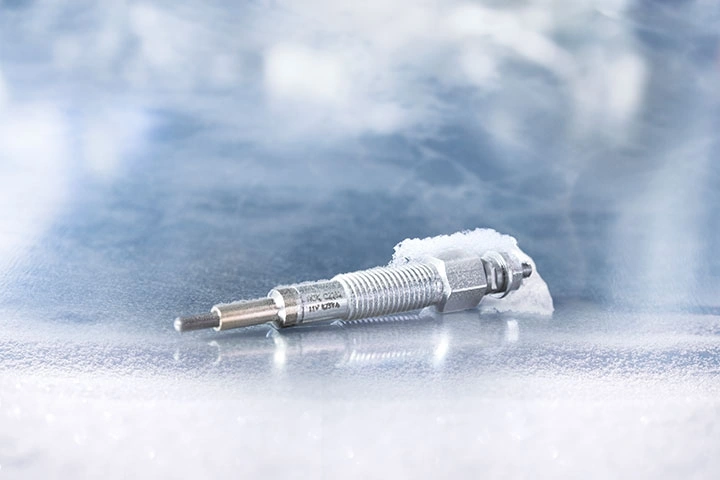You asked Google & NGK SPARK PLUG answers! - Part 8: MAF & MAP sensors

1. What does ‘MAF’ stand for? What does a MAF sensor do?
‘MAF’ stands for ‘mass airflow’. A MAF sensor determines the mass flow rate of air that enters a fuel-injected internal combustion engine (ICE). Based on the air mass information, the engine control unit (ECU) is able to balance and deliver the correct fuel quantity to the engine. In diesel engines, the MAF sensor serves mainly to control the exhaust gas recirculation (EGR). The majority of MAF sensors come in two variations: hot-wire technology and hot-film technology. These MAF sensors have no moving parts and use electrical current to measure air mass.
2. Where is the MAF sensor located?
The MAF sensor is located between the intake manifold and the air filter.
3. What problems can a faulty MAF sensor cause? What are the symptoms of a bad MAF sensor?
MAF sensors can degrade in quality over time as well as becoming prone to failure if they get too dirty, which can be caused by exposure to dust, water and oil. Symptoms of a faulty MAF sensor to look out for include the ‘check engine light’ being turned on, reduced fuel economy, difficulty starting the engine, lean idling, black exhaust smoke, unstable engine running, engine power loss and engine misfiring.
4. How is a MAF sensor tested?
To perform an initial, quick check while driving, full throttle should be executed in gear three or four. This will provide a maximum pressure boost. During this drive the parameter list in the scan tool should be checked by a second person. The calculated and measured values should then be compared, and both should correspond. If no values are available in the scan tool, the output voltage of the MAF needs to reach approximately 4V.
5. What is the normal MAF sensor reading?
A normal MAF output voltage is between 0.2V and 4.8V.
6. What does ‘MAP’ stand for? What does a MAP sensor do?
Standing for ‘manifold absolute pressure’, a MAP sensor supplies instant manifold pressure information to the ECU. The data is needed to calculate air density and determine the engine's air mass flow rate. This, in turn, determines the fuel required for optimum combustion.
7. Where is a MAP sensor located?
The MAP sensor is usually located in the intake manifold or pressure hose.
8. What problems can a faulty MAP sensor cause? What are the symptoms of a bad MAP sensor?
Just like MAF sensors, MAP sensors can also degrade in quality over time as well as becoming prone to failure if they get too dirty. Symptoms of a faulty MAP sensor to look out for include the ‘check engine light’ being turned on, reduced fuel economy, difficulty starting the engine, lean idling, black exhaust smoke, unstable engine running, engine power loss and engine misfiring.
9. How is a MAP sensor tested?
This can be performed with a vacuum pump. With the MAP sensor kept electrically connected, the pump should then be attached to the measuring chamber of the sensor. The output voltage can then be measured. A scan tool can also be used to observe a signal. This signal, moreover, must modify according to pressure applied.
10. What is the normal MAP sensor reading?
The normal MAP sensor reading is: 1,2 - 1,7 V @ 0,4 Bar (absolute pressure) or 3,9 - 4,5 V @ 1,0 Bar (absolute pressure).
11. What’s the difference between a MAP and a MAF sensor?
A MAF sensor measures how much air is aspired by the engine. A MAP sensor, on the other hand, provides a measurement of the air pressure in the intake manifold. The ECU uses this information to calculate the amount of air that needs to be aspired. NGK SPARK PLUG offers two variations of MAF sensors: hot-wire technology and hot-film technology. For MAP sensors, the company provides two group types: manifold pressure type and boost pressure type.
 Niterra Blogs
Niterra Blogs







